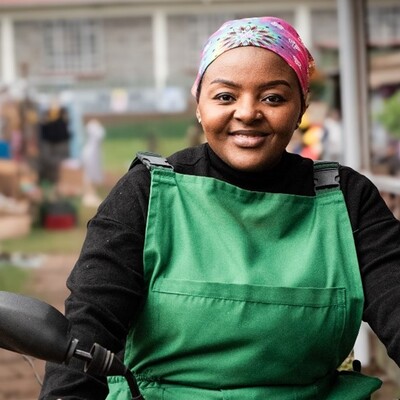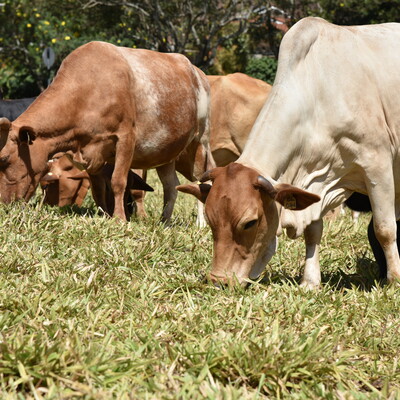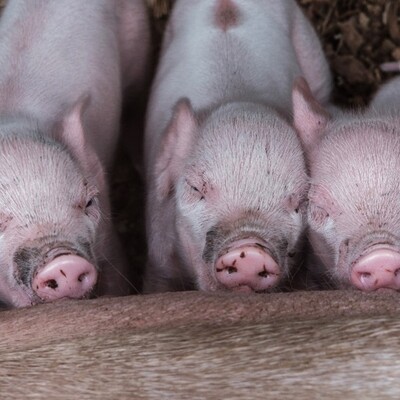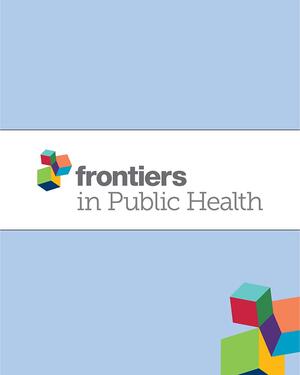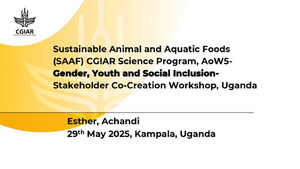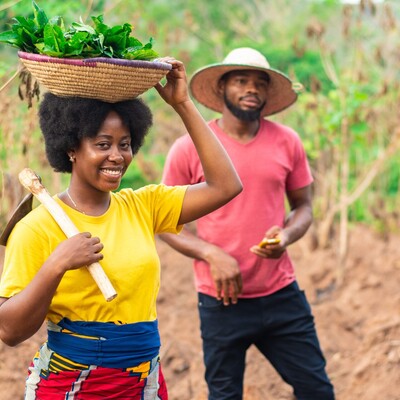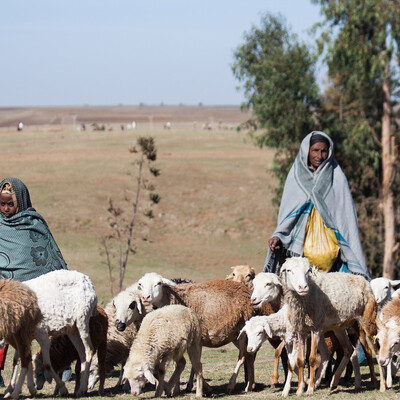
ILRI develops framework for integrating gender in livestock genetic improvement programs

Woman herding goats in Nagar Village, Tonk District, Rajasthan, India (photo credit: ILRI/Stevie Mann).
Livestock genetic improvement programs help farmers to enhance their productivity through improved breeds. But research shows that men and women farmers use and interact with livestock in different ways based on their gender. For instance, women and men make different decisions on their household livestock enterprises, provide labour for different livestock activities, pay for different costs and control different benefits. Women and men may also have unequal access to information on livestock management, as well as unequal access to livestock inputs and markets. This results in different needs and preferences between men and women on livestock, including in relation to livestock breeds and genetic improvement options, which are often overlooked in genetic improvement programs.

Ploughing with cattle in southwestern Ethiopia: More oxen for ploughing means less labour for farmers (photo: ILRI/Stevie Mann).
To address these gendered needs and preferences in livestock genetic improvement, scientists at the International Livestock Research Institute (ILRI) have developed a framework to highlight key gender considerations in livestock genetic improvement programs in low- and middle-income countries. The framework discusses the gender considerations for five key stages of animal genetic improvement, namely targeting, choice of the genetic improvement program, implementation of the genetic improvement program, adoption and use of the improved genetics, and ensuring equitable benefit from the improved genetics (see figure below).
By using the framework, the benefits realized from the genetic improvement – such as improved livelihoods of poor women and men farmers, and increased food and nutritional security of poor animal-source food consumers – will be maximized and more equitable. In addition, the reach of the genetic improvement program is expected to increase.

Main steps of a gender-responsive livestock breeding program (credit: ILRI).
The framework was presented at a major international animal breeding conference known as the Association for the Advancement of Animal Breeding and Genetics (AAABG) held in Australia in October 2019. The framework was well-received with conference participants noting that some elements of the framework were also relevant to animal breeding in developed countries.
The framework is currently being integrated into ongoing livestock genetic improvement programs being implemented by the Livestock CRP and partners. These include genetic improvement programs on dairy cattle, sheep, goats, chickens and pigs.
Full details of the framework can be found here and in this presentation.
The framework contributes to ongoing efforts by the CGIAR Gender and Breeding Initiative to integrate gender considerations in CGIAR breeding programs.







